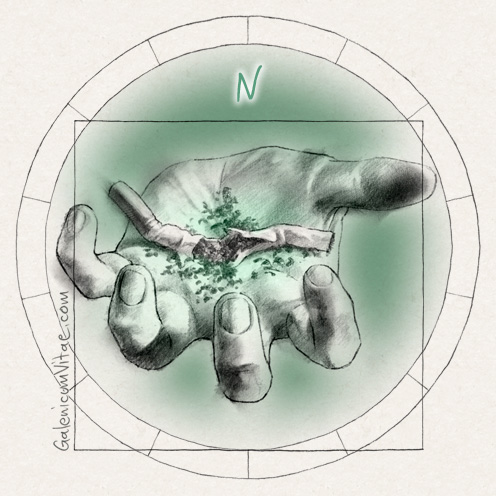Smoking
Nicotine dependence
The chronic poisoning caused by tobacco use in the context of a syndrome of dependence is a smoking habit. Smoking can produce cardiorespiratory, vascular and renal diseases, among others. It is a factor that can cause a type of lung cancer.
This bad habit starts with the stage known as initiation, usually adolescence, to be cool or to be accepted by a group of new friends.
A smoking habit begins with lighting cigarette. This habit grows little by little and a single cigarette turns into one or two packs (20-40 cigarettes) a day, generating a total addiction. The greater the number of cigarettes and the longer the time the person has smoked, the greater the damage that is done to the smoker’s health.
The benefits of quitting smoking are clear; former smokers, ten years later, have the same risk of disease as that of non-smokers. Motivation is fundamental to cause a change of habit.
Nicotine is responsible for most of tobacco’s effects on the body and it causes physical dependence by activating neural circuits in the brain associated with pleasurable sensations.
Another effect of nicotine is that is causes the adrenal gland to release adrenaline, which is responsible for increased blood pressure and a more rapid heart rate.
When nicotine is inhaled through tobacco smoke, it is absorbed rapidly, even faster than by the intravenous route, and in 10 seconds and has made contact with brain tissue. The half-life of nicotine in the blood is less than two hours and, as the concentration decreases, the symptoms that awaken the desire for a cigarette appear again.
Differences between people depend not only on the person’s body, but also upon various factors such as, the number of cigarettes smoked, how deeply the smoke is inhaled, how long it’s retained in the lungs and the years of consumption, among others.
The product of smoke that filter retains is called tar. Each cigarette contains between 0.8 and 3 mg of nicotine and between 7 and 20 mg of tar, and produces about 80 cm3 of carbon monoxide, which, due to its high affinity with haemoglobin, diminishes blood’s ability to transport oxygen.
For more information visit:
Tobacco Free Initiative (TFI)
http://www.who.int/tobacco/en/
Tobacco and Cancer
http://www.cancer.org/cancer/cancercauses/tobaccocancer/index

 Digestive
Digestive  Blood
Blood Cardiovascular
Cardiovascular Dermatology
Dermatology Genitourinary,
Genitourinary, Hormones
Hormones Infections
Infections Oncology and
Oncology and Musculo-skeletal
Musculo-skeletal Mental health and
Mental health and Parasites
Parasites Respiratory
Respiratory Senses
Senses Various
Various




